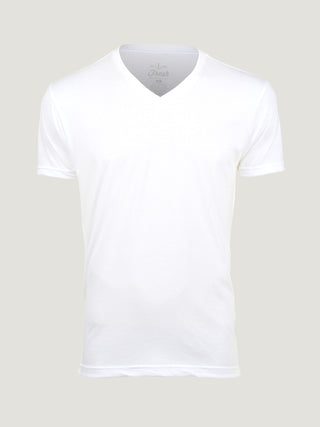If you’ve ever dreamt of standing on top of the world, we have some good news for you; you don’t need to be Edmund Hillary to scale a mountain. Although you won’t be climbing the likes of K2 or Annapurna right away, there are still plenty of smaller peaks you can try out.
Mastering mountain basics comes down to a few critical things — preparation, gear, and general fitness. Think of this post as a starting point on your journey to taking on nature’s giants.

Entry-level mountaineering is easier than you think.
Guess what? You probably know someone who’s climbed a mountain. There are loads of mountains that are doable if you go at the right time and are in reasonably good shape. For example, Mount Marcy, the tallest mountain in New York’s Adirondacks, is an excellent beginner peak that offers plenty of varied terrain. Another perk is you don’t need serious technical skills to climb it.
AllTrails.com is a great resource to find mountains and treks near you. You can find out how difficult the mountain is based on user feedback. AllTrails gives you up-to-date information on path closures, dangerous animal sightings, and everything else you need to make an informed decision. After you’ve successfully summited, remember to leave your feedback too.
Maps.me gives you detailed terrain information that you can download in advance. It works a lot like Google Maps, but you don’t need mobile reception or data to access it. Since plenty of mountains are far off the grid, you’ll need an offline tool to help you stay on track. Just remember to download all of your maps in advance.
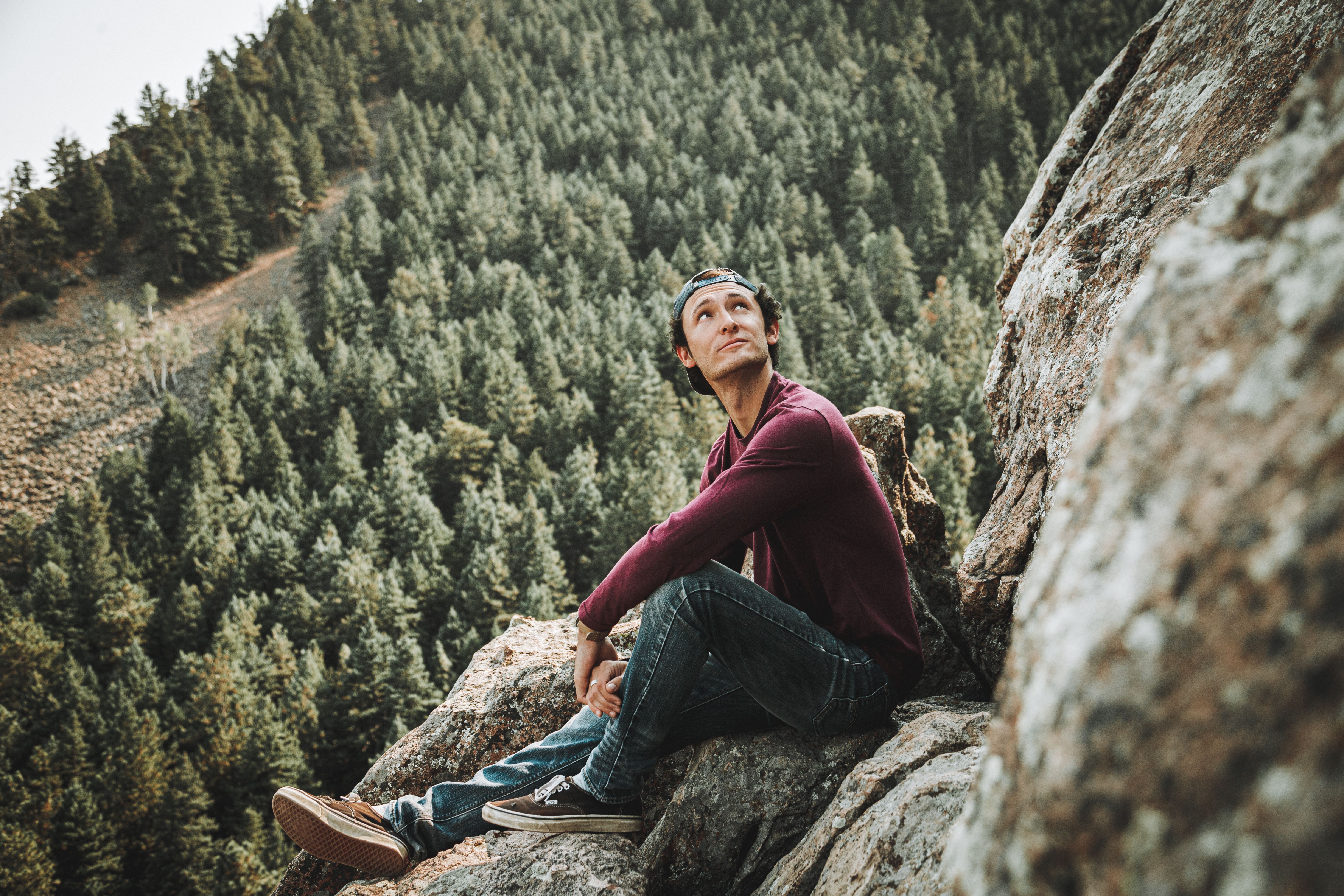
If the mountain is more technically or physically challenging than you’re comfortable with, consider hiring a guide, starting with the AMGA.com, the official website of the American Mountain Guides Association. Since they’re experts, they can spot signs of trouble and bad weather from a mile away.
Join Facebook groups to find fellow climbers in your area. If there’s a beginner climb, sign up! You’ll be able to test it out and make some new friends in the process. Finally, to climb a mountain, you need to be at peak fitness, literally and figuratively. Be honest with yourself about your fitness level and start working on cardio, endurance, and flexibility. A personal trainer could come in handy here too!
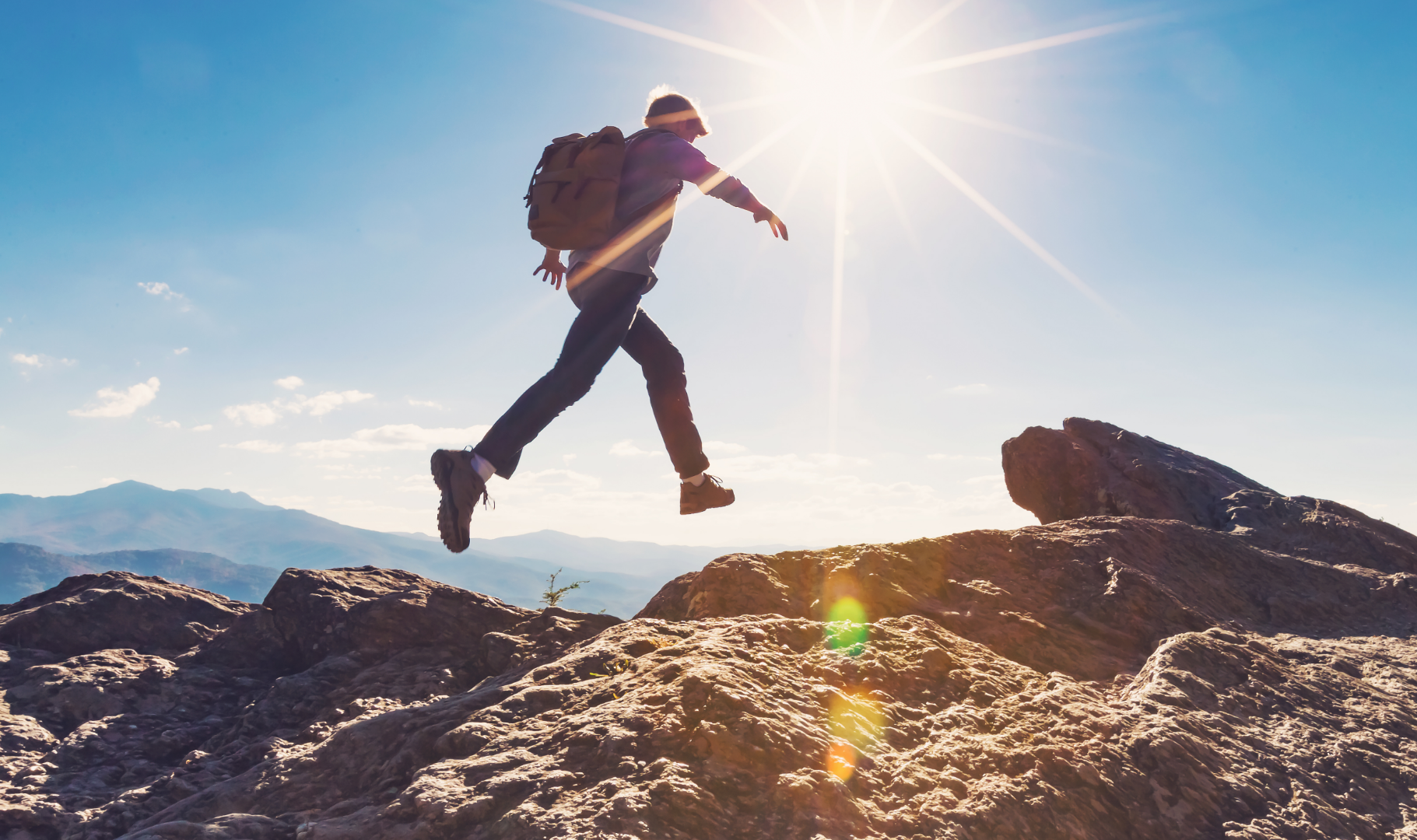
This is the basic gear you’ll need.
Your first mountain won’t require anything extensive like crampons or ice axes, since you’re not able to tackle glaciers (yet). Get yourself the basics and you can tack on additional items later.
Good hiking boots are vital. You want to find ones that fit snugly, though not tightly, over a thick pair of socks. They should have deep treads and plenty of ankle support. Make sure that you break them in properly or you’ll be in for some blisters. Additionally, get yourself a day pack that’s waterproof, tough, and fits all of your gear comfortably. It should have padded straps and back support for maximum comfort.
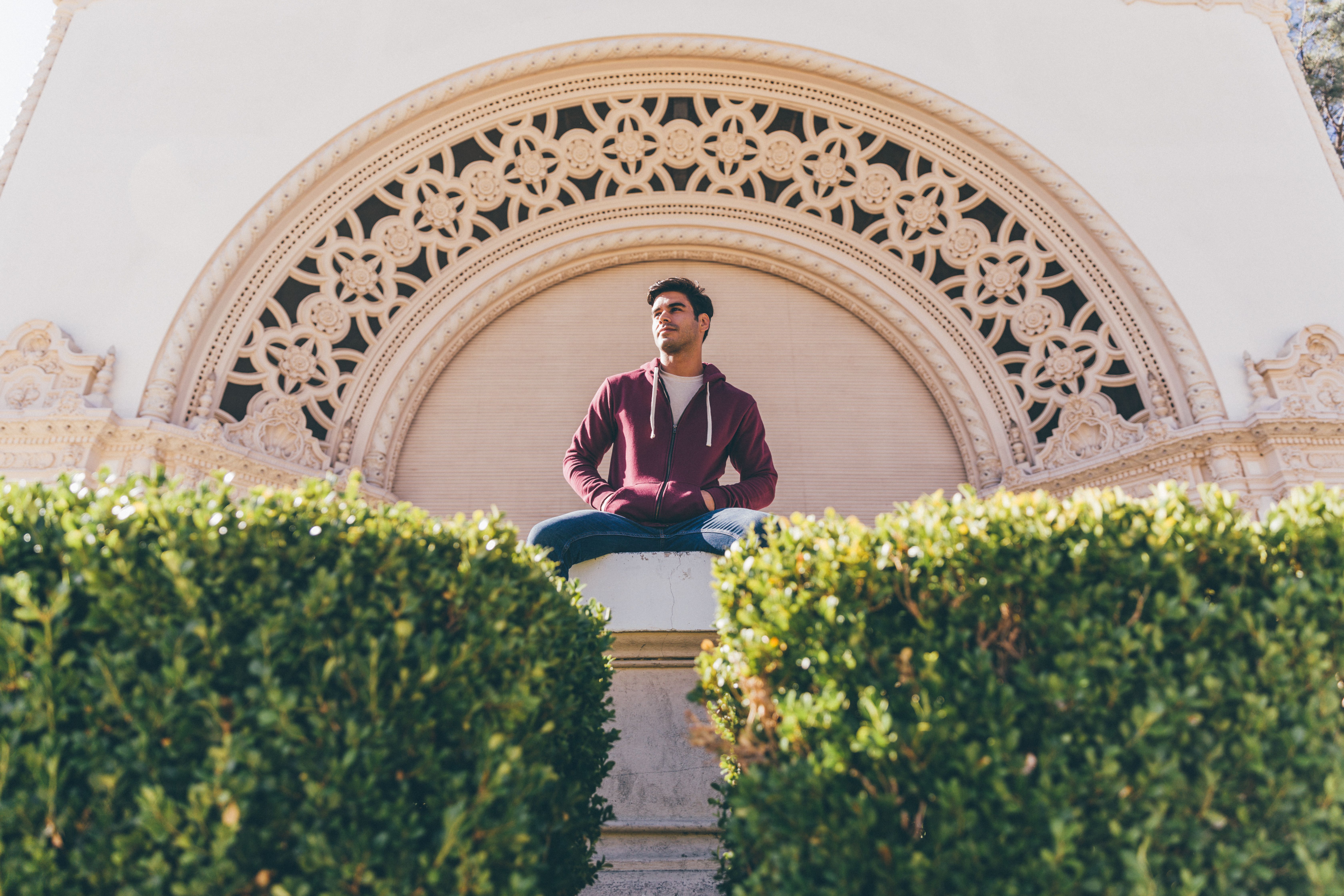
Unpredictable weather and altitude make dressing for the mountain challenging. Layers are your friend here, as are extra socks, sunglasses, gloves, and a hat. Invest in polyester blends — such as StratuSoft, the proprietary cotton-poly blend of Fresh Clean Tees — that let your skin breathe and dry quickly, as well as zip-up hoodies that allow you to control your body temperature. If you’re ascending a high peak, expect to feel freezing cold one moment and scorching hot the next. It’s the nature of mountains, but if you pack properly, you’ll stay comfortable and collected the whole way up.
Also bring a physical map and a compass, even if you’ve downloaded Maps.me, as well as a solar cell phone charger, trekking poles, and a flashlight.
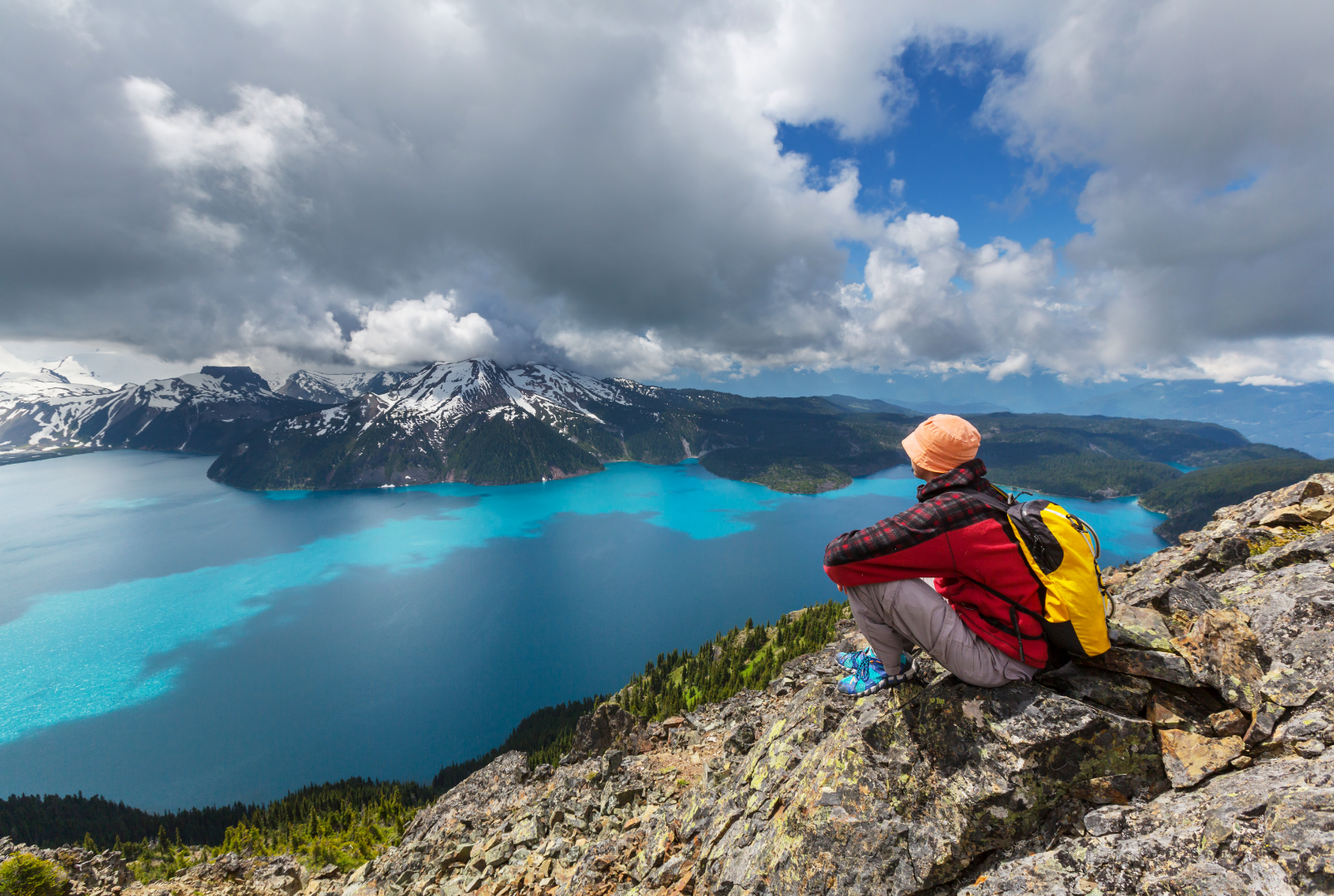
Keep these safety basics in mind for a smooth climb.
Prior to climbing, check the forecast via Mountain-Forecast.com. If the weather looks dicey, reschedule. Mountains that are perfectly safe in dry, pleasant weather can turn into ghoulish nightmares at the slightest hint of rain. When in doubt, postpone your climb.
Remember to bring sunscreen and bug spray as well as enough protein-rich food to get you there and back. CamelBaks are an excellent way to stay hydrated. Bring a first aid kit with Neosporin, bandages, aspirin, blister plasters, and a small knife. You can get compact trekking first aid kits that will fit right into your pack. You won’t even notice that they’re there, but you’ll be glad to have it in a pinch!
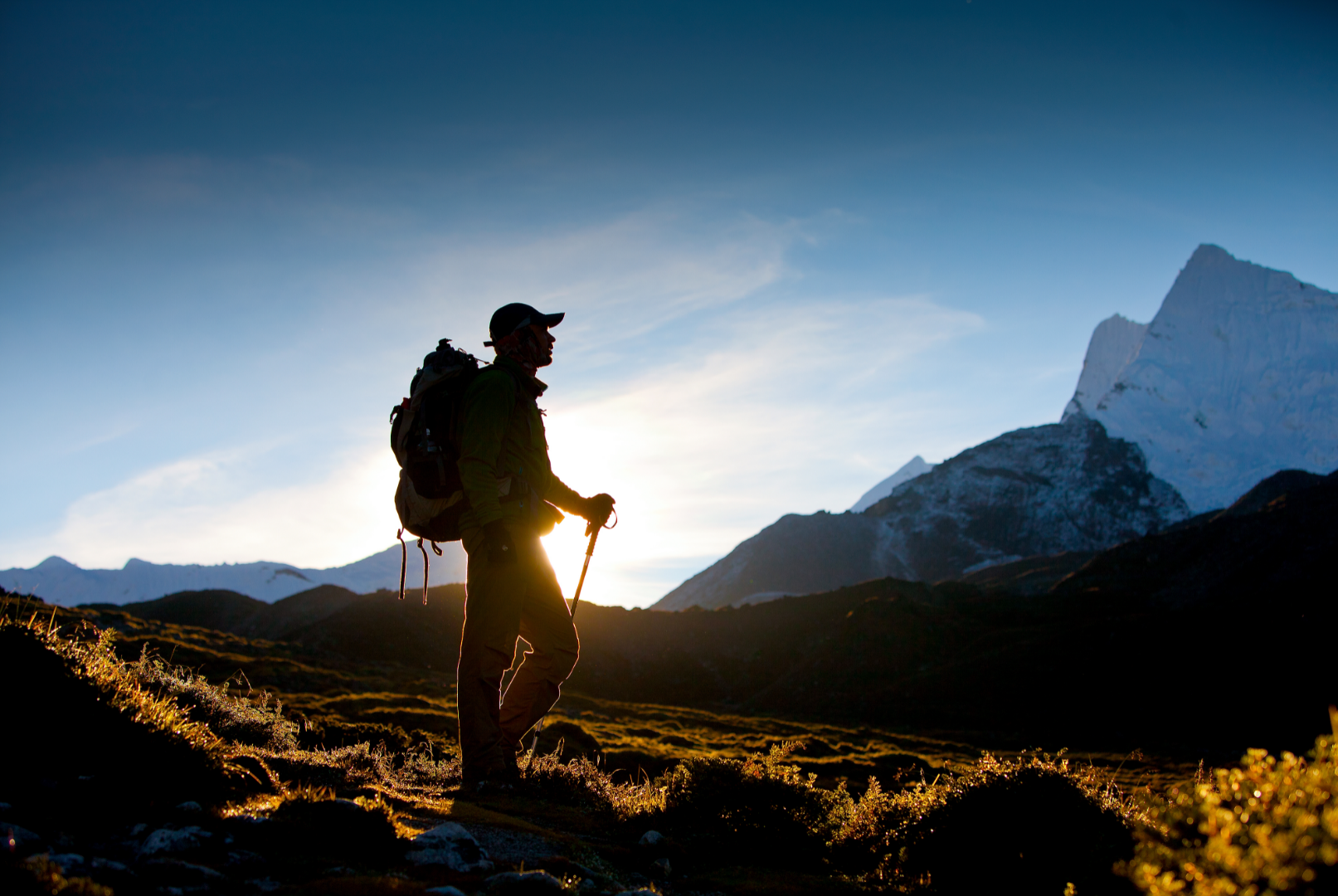
So if you’ve ever wanted to make your way up to the world’s most fascinating heights, but didn’t know where to start, consider this guide the first step on your mountaineering journey. Adventure awaits!
— Elizabeth Lavis



